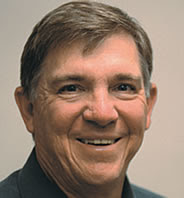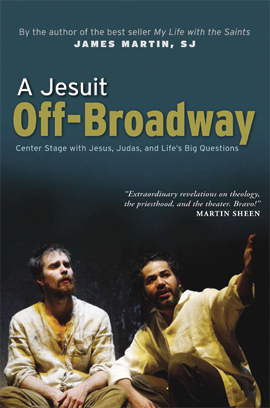by Marlene Jezierski
"You can't do anything right."
That's a typical verbal abuse.
Marlene Jezierski has heard that and much more from women and men and children who are victims of domestic violence. Not all the bruises of domestic abuse show on the outside of the body.
As she put it, "I wrote the book because I saw a knowledge gap in the area of violence in the home. While beatings and sexual assaults are understood and recognized, the subtleties of psychological abuse are not."
Her little book is just 36 pages, but it's plenty to touch your heart.
Life as a prisoner
Open "Beyond the Mirror" to any page as I did when this little tome arrived and you'll know the hurt, the diminution of spirit, the sadness and the fear of those who don't see any way out of a life that has become a prison.
One page had me.
Jezierski has turned what could be prose stories of victims of physical and emotional abuse into mostly brief, one-page poems that tug at your heart. It's beautiful poetry about a dreadful reality.
What she enlightens readers about is psychological torture:
Degrading statements.
Accusations.
Looks that kill the spirit.
Checking of the car odometer when the spouse leaves on an errand and returns home.
Isolation from friends, often from the rest of the world.
Tentacles reach out
A wake-up call may be in how the meanness and belittling is passed on to the children and to the extended families as well. Another may be the revelation that abusers perpetrate acts of cruelty and violence on family pets to instill fear in the people they live with. One poem quotes the spouse who killed and mutilated the family dog: "If you ever leave, that is what will happen to you, and they will never find the pieces."
And there's a great piece titled "Why on Earth Does She Stay?"
It's a collage of all the bad advice offered from family, clergy and co-workers, all the threats from the abusers, all the fears of the victims.
Yet sprinkled here and there throughout are glimmers of hope:
- The 6th grade boy who doesn't like himself when he realizes he's imitating the abusive father he's coming to hate.
- The peace for mother and child when a friend is able to secret them away to a shelter for victims of domestic abuse.
- The school counselor who is helping the love-misled teen to understand balance in relationships, healthy love, boundaries and obsessive control.
Being part of the solution
A final ray of hope shines in examples Jezierski gives of the support and good advice that comes from true friends, caring health care professionals, enlightened policies at medical facilities, even strangers who witness or overhear abuse and have the courage to speak up and intervene.
Not to be forgotten are clergy who do real pastoring by letting victims know, "Your husband broke the marriage covenant the first time he abused you. God doesn't want anyone to be abused." -- bz
N.B. -- Marlene Jezierski, a retired emergency nurse who lives in Blaine, MN, is an educator and consultant on family violence prevention. As an advocate for victims she has testified before Congress on the impact of violence on women's health. She conducts seminars on physical and emotional domestic abuse, speaks to church groups and teaches classes to interested groups. She expressed the hope that readers of "Beyond the Mirror" will be energized to volunteer or somehow be involved in the cause about which she is so passionate. "My mission," she noted, "is to help raise awareness and engage the community to become part of the solution." Although donations are accepted, copies of "Beyond the Mirror" are available at no cost through the author at beyondTmirror@aol.com.




